What is the difference between monocrystalline and polycrystalline solar panels?
When it comes to solar power generation with solar panels, many people may wonder which material to choose, monocrystalline or polycrystalline silicon.
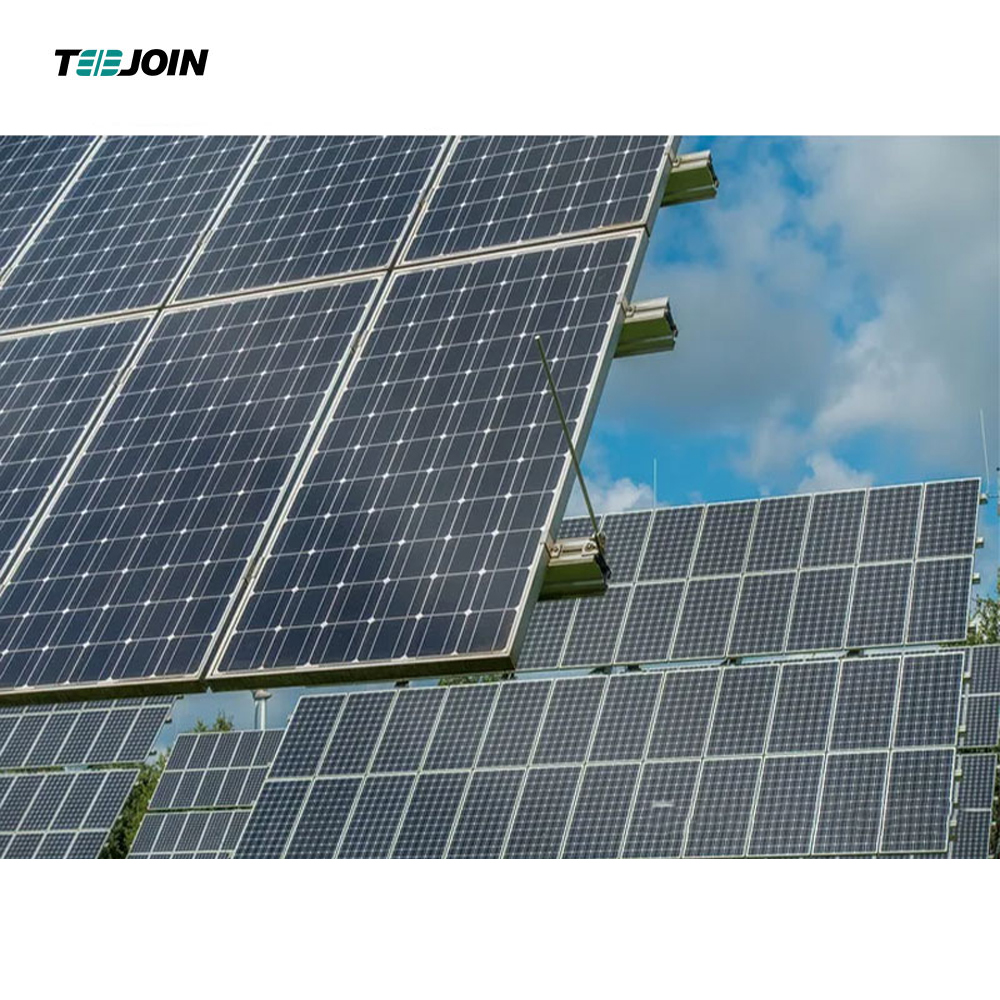
As the efficiency and cost of electricity generation varies from material to material, it is necessary to understand the properties of each material before making a choice.
In this article we will compare the properties and power generation efficiency of mono and polycrystalline silicon for solar panel materials.
Comparison of monocrystalline and polycrystalline solar panels
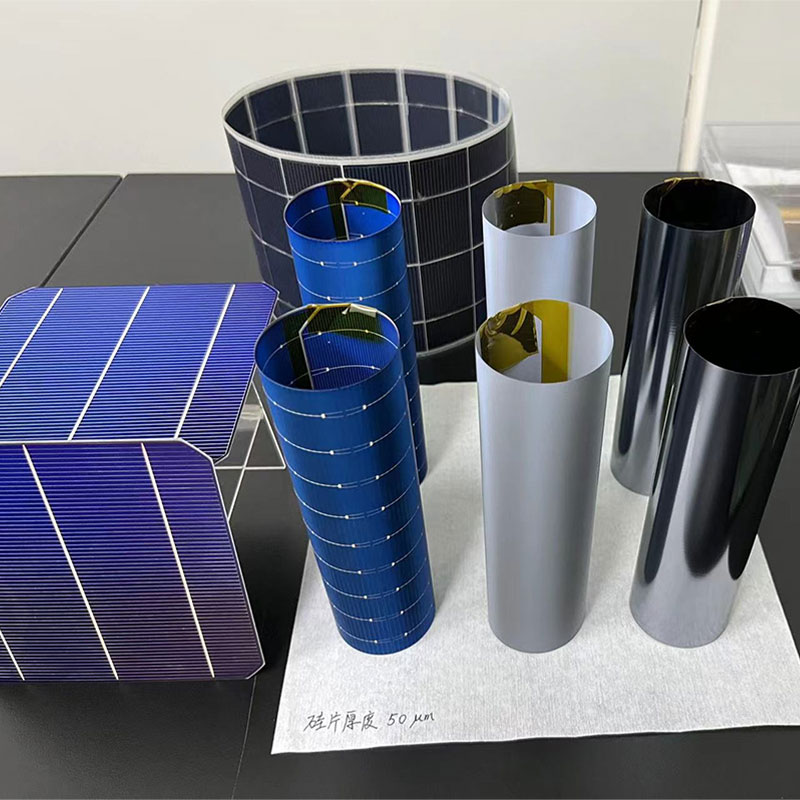
Manufacturing processes, power generation efficiency, costs, etc. vary depending on the material used for the solar panels. In addition, the appearance of monocrystalline and polycrystalline silicon differs, even though they are both the same element of silicon, let us compare specifically what the differences are:
◆Manufacturing process differences
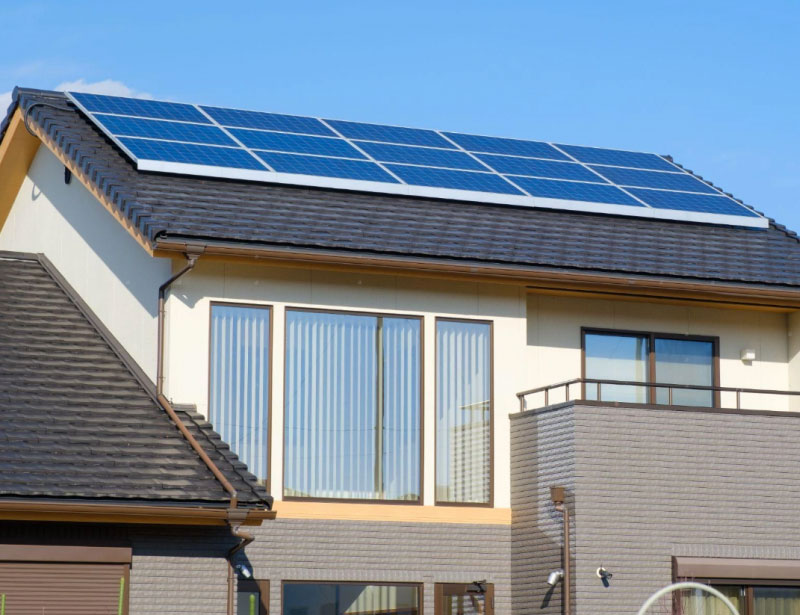
Single crystals are made by processing silica to increase its purity. Polycrystalline is made by reusing the silicon particles made in the process of manufacturing monocrystalline silicon.
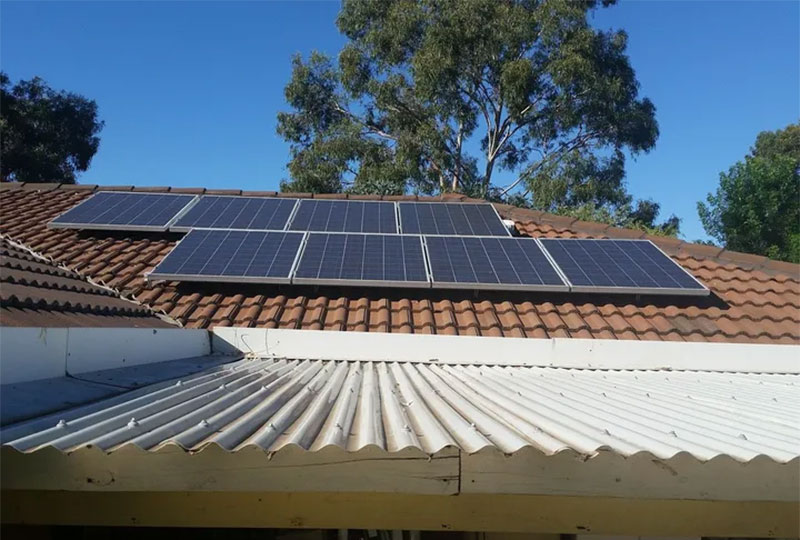
Simply put, monocrystalline is a single plate and polycrystalline is a plywood plate.
Differences in crystal arrangement
Single crystals and polycrystals form cells that are arranged differently.
Specifically, single crystals are regularly arranged and polycrystals are irregularly arranged.
The arrangement of the crystals has an effect on the appearance.
◆ Differences in appearance
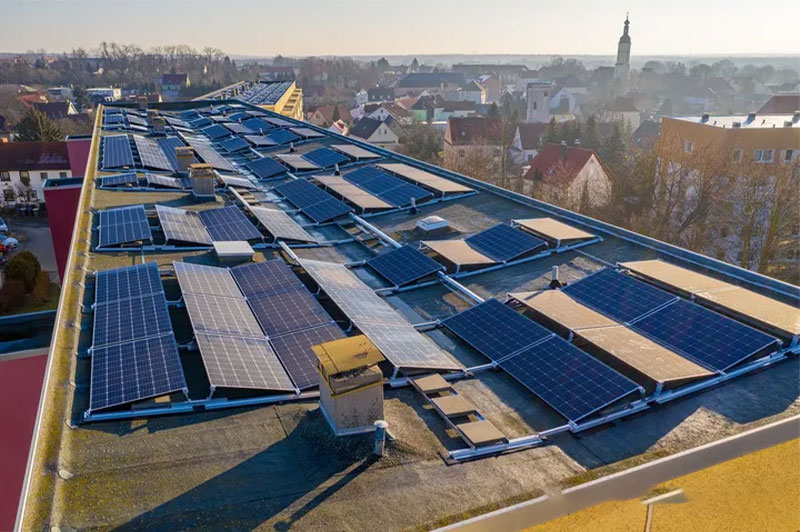
Single crystals with regularly arranged crystals have a glossy panel surface and beautiful colour without blending.
On the other hand, polycrystals with irregularly arranged crystals have a slightly mottled pattern.
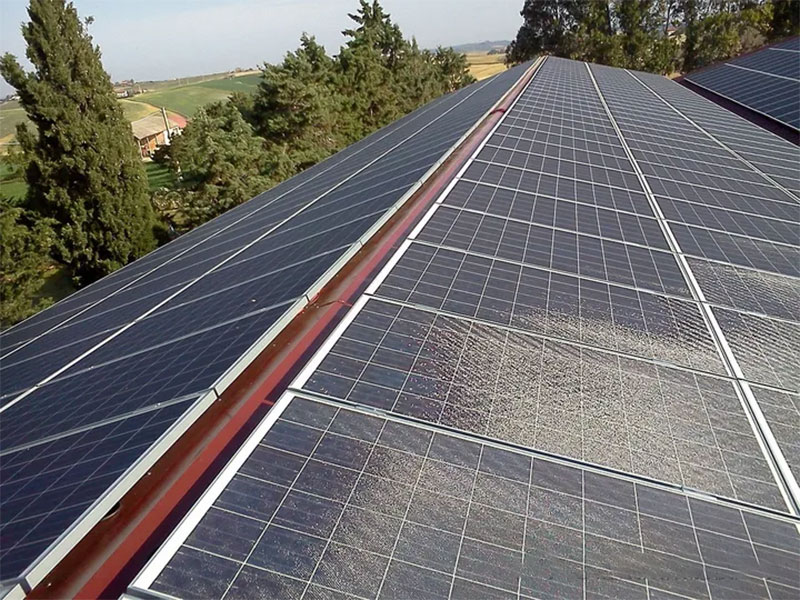
In the case of residential PV systems, for example, the installation area is large and if appearance is important, monocrystalline would be chosen.
◆ Differences in power generation efficiency
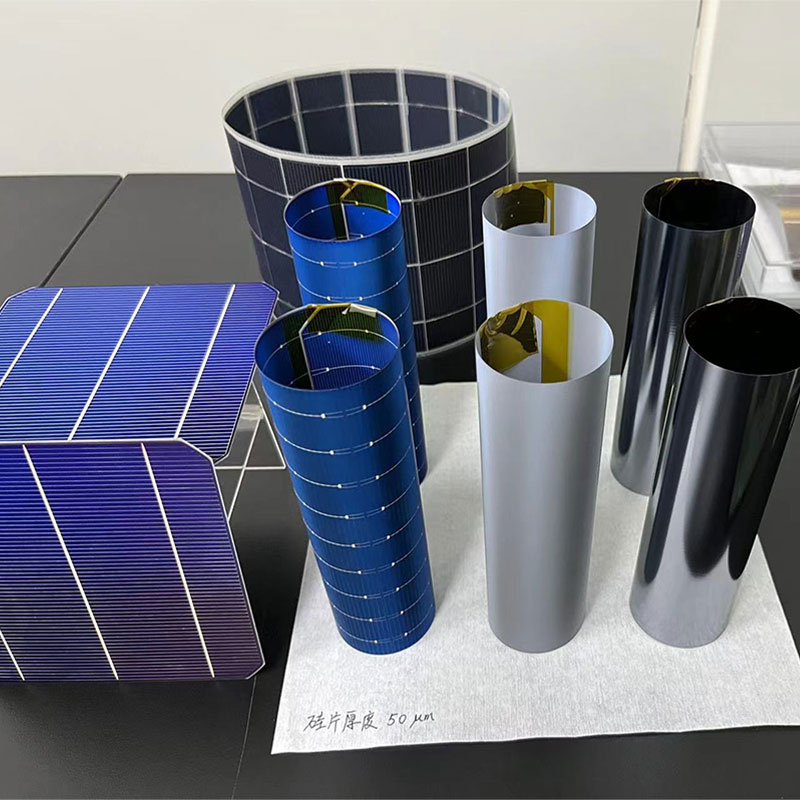
Solar panels have different power generation efficiencies, depending on the material used to convert solar energy into electricity.
Mono-crystalline has a better power generation efficiency and can produce higher performance electricity than other materials.
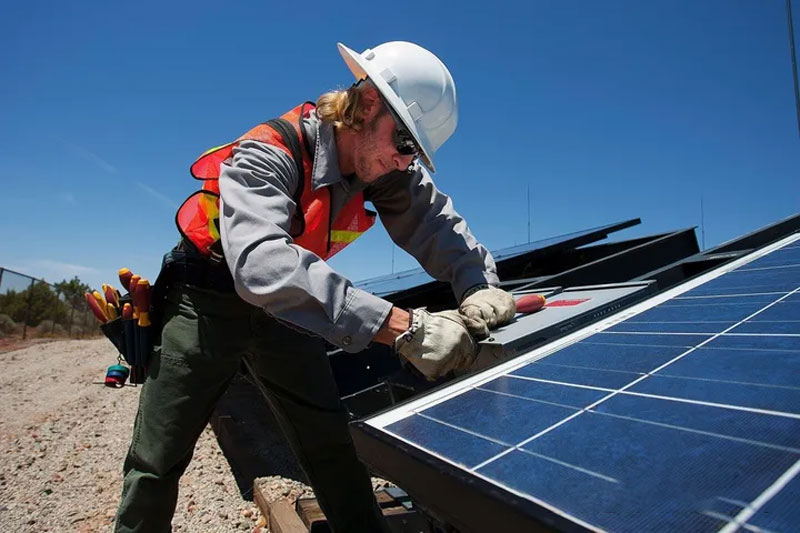
Power generation efficiency is expressed in the term "conversion efficiency", and solar panels with a conversion efficiency of 20% or more are judged to have high performance.
Monocrystalline has a high crystal density and low power generation losses, with conversion efficiencies of around 20%.
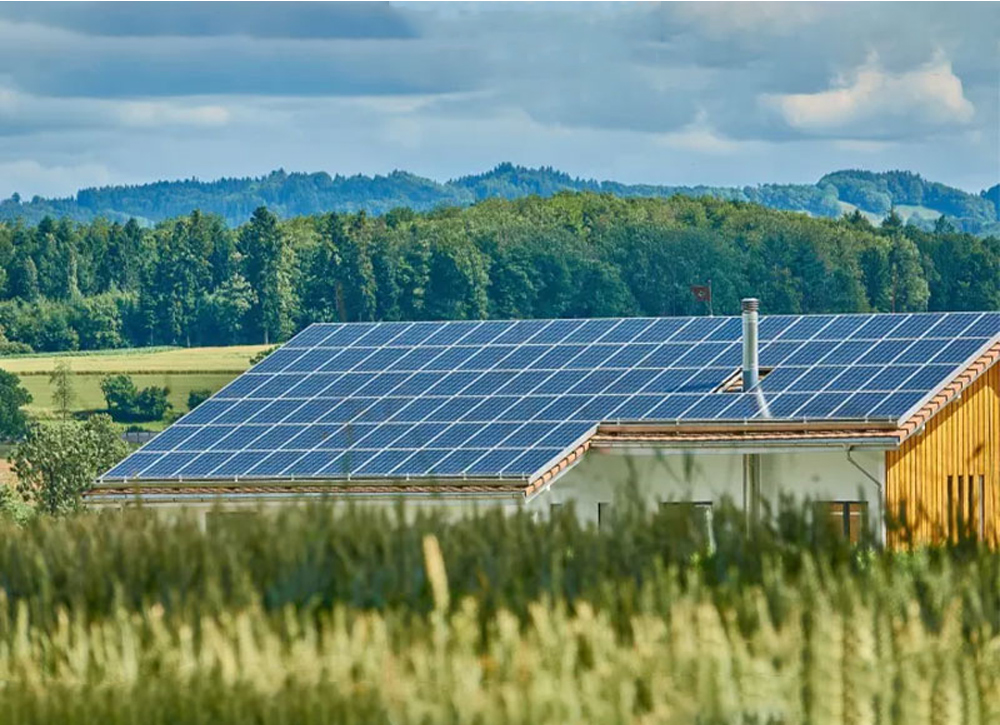
Polycrystalline, on the other hand, has a lower crystal density and generates more power losses than monocrystalline. As a result, conversion efficiencies of around 15 per cent are achieved.
◆ Cost differences
Due to high manufacturing costs, monocrystals with excellent power generation efficiency are relatively expensive.
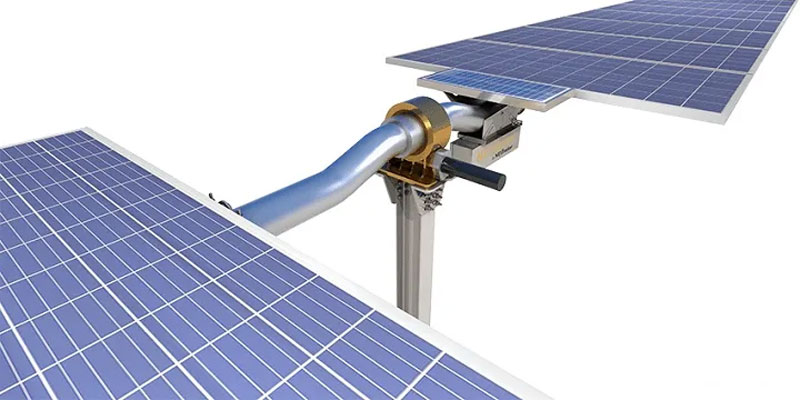
As polycrystalline is cheaper to manufacture than monocrystalline, many products are sold at relatively low prices.
How to choose solar panels for home solar power

In recent years, there has been a lot of interest in "residential solar power systems", which can generate environmentally friendly electricity for the planet.
If you have a residential solar power system, you can operate your household appliances even in the unlikely event of a power outage. Another great advantage is that it is not susceptible to spikes in electricity bills, as it saves electricity in a cycle of private generation and private consumption.

For those interested in introducing a residential PV system, here are three pointers for choosing solar panels
◆ Choose mono-crystalline solar panels
Mono-crystalline solar panels offer higher power generation efficiency than other materials and are also beautiful to look at.
Although they cost more than polycrystalline, it is advisable to choose monocrystalline solar panels that offer excellent overall cost performance.
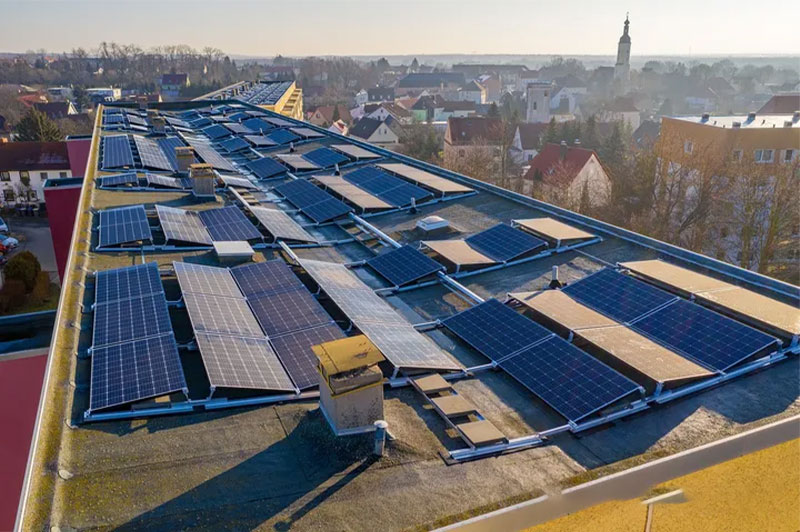
When generating electricity at home, solar panels are usually installed on the roof. Therefore, to achieve a high level of power generation in a limited installation area, it is necessary to choose solar panels with good power generation efficiency.
Due to the high cost of introducing a residential PV system, mono-crystalline solar panels are recommended in order to effectively recover the cost through the sale of electricity.
Polycrystalline solar panels are chosen for large PV systems installed on factory premises.
◆ Choose a conversion efficiency of 20% or more
Even with monocrystalline solar panels, the conversion efficiency can vary from product to product.
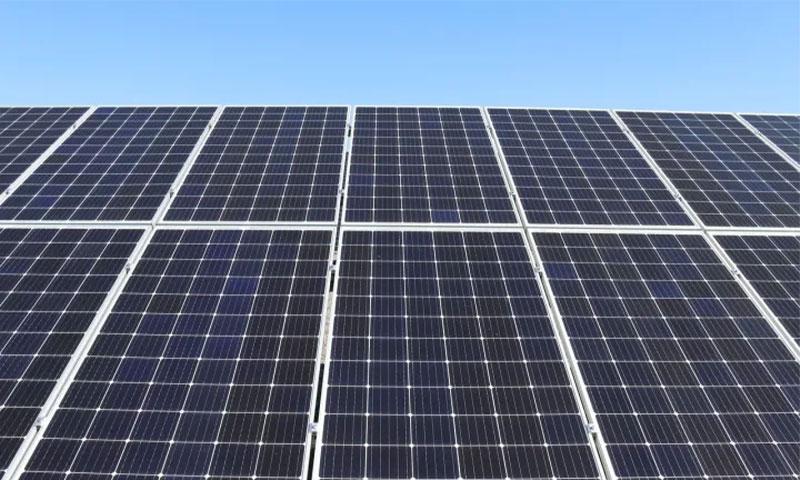
The conversion efficiency depends on the weather and the amount of solar radiation, and if the product itself has a conversion efficiency of 20% or more, it can be considered high performance. Among monocrystalline solar panels, products with a conversion efficiency of 22% or higher are being sold by Jung Ho EcoFlow. When looking at a product's profile, it sometimes says "cell conversion efficiency", "module conversion efficiency", etc., but both mean the same thing.
Powerful electricity can be generated with foldable solar panels
When introducing a residential solar power system, the market costs are so high that many households may not decide to introduce it.
In such cases, we recommend the use of foldable solar panels that are easy to carry.
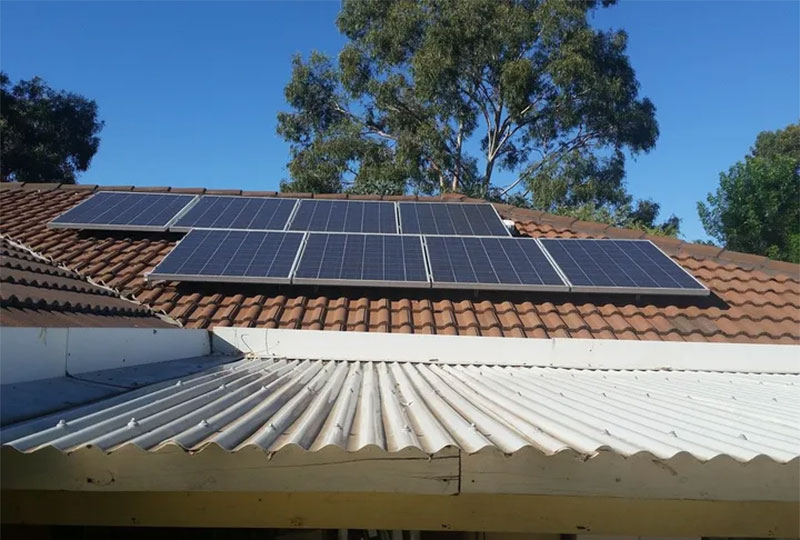
With a foldable solar panel in your home, plus a storage battery from the CZH delta range, you can use your appliances in the event of a power failure, or use them outdoors.
For example, Teejoin Soalr's "400W solar panel" is capable of generating powerful solar power with an industry-leading conversion efficiency of 22.4%.
Foldable and easy to carry, it is useful in a variety of situations such as camping, picnics, barbecues in the yard and campervan living.
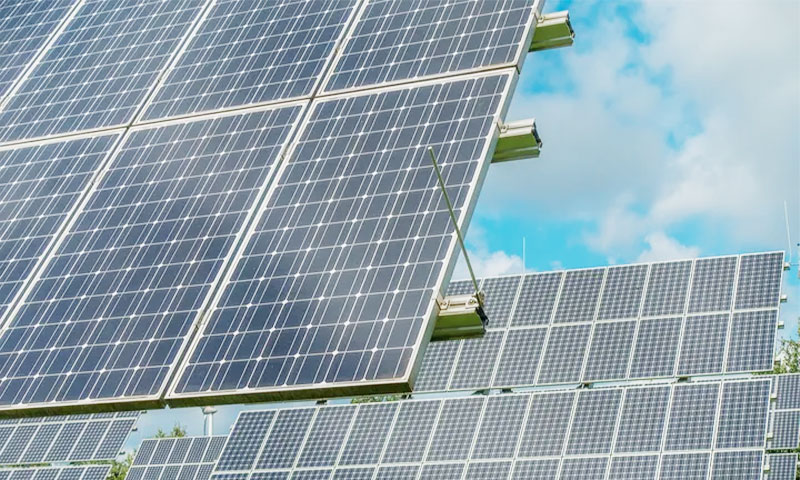
◆ Choose by value for money
It can be judged that the lower the "kW price per unit", the better the price/performance ratio of solar panels for electricity generation.
The "kW price" is the price per 1kW of output and is calculated by dividing the total installed cost of the PV system by the amount of electricity generated by the panels.
kW unit price = total installed cost ÷ number of kW of electricity generated by the panels
When introducing a residential PV system, it is important to estimate the prices quoted by different suppliers and to choose the one with the lowest kW unit price.
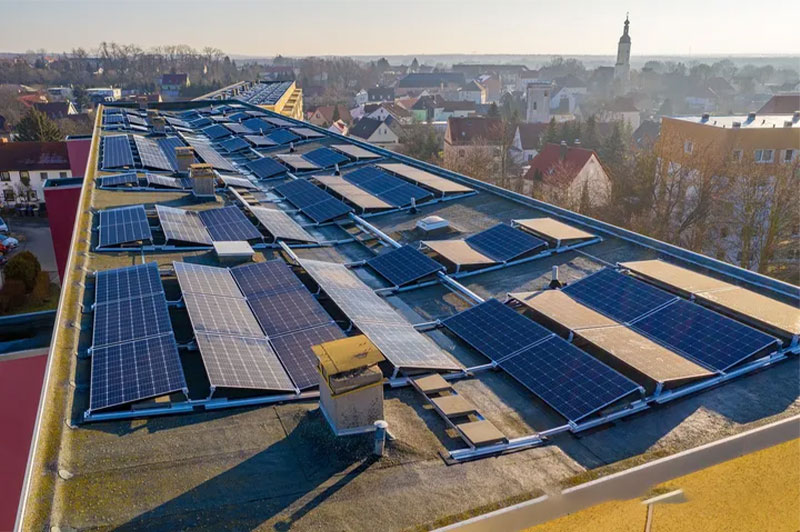
Overview
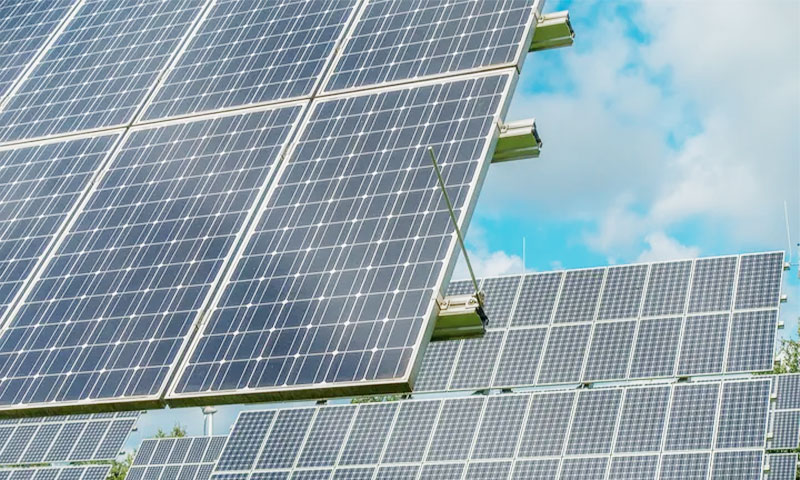
The power generation efficiency and cost of solar panels varies depending on the material, the most popular material being silicon.
Silicon based materials are divided into monocrystalline and polycrystalline and the following points should be kept in mind when choosing a product.
Monocrystalline | ・Efficiency of power generation up to about 20% ・Bright and beautiful appearance ・Higher cost than polycrystalline |
Polycrystalline | ・High power generation efficiency of about 15% ・Slightly opaque appearance ・Lower cost than monocrystalline |
The overall advantage is mono-crystalline solar panels, and if you keep an eye on the kW unit price you will find a satisfactory product.
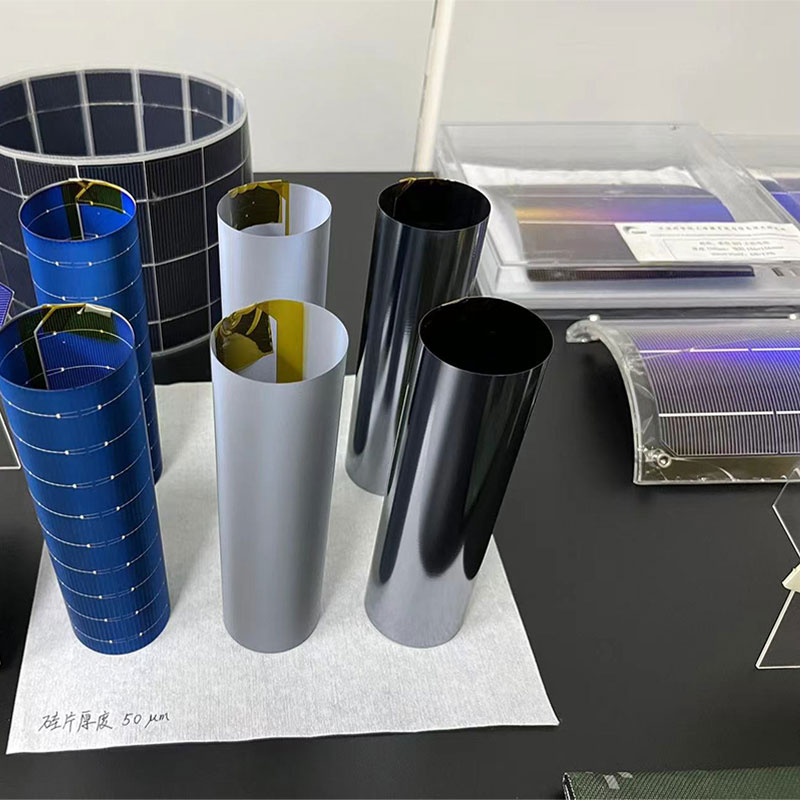
If you are looking for a high performance foldable solar panel, Teejoin Solar's 400W solar panel is for you. A single unit achieves a staggering 400 W of maximum power production and demonstrates industry-leading performance with a 22.4% conversion efficiency. Highly durable, it meets IP68 dust and water resistance standards for long and stable use even in camping and outdoor scenarios.
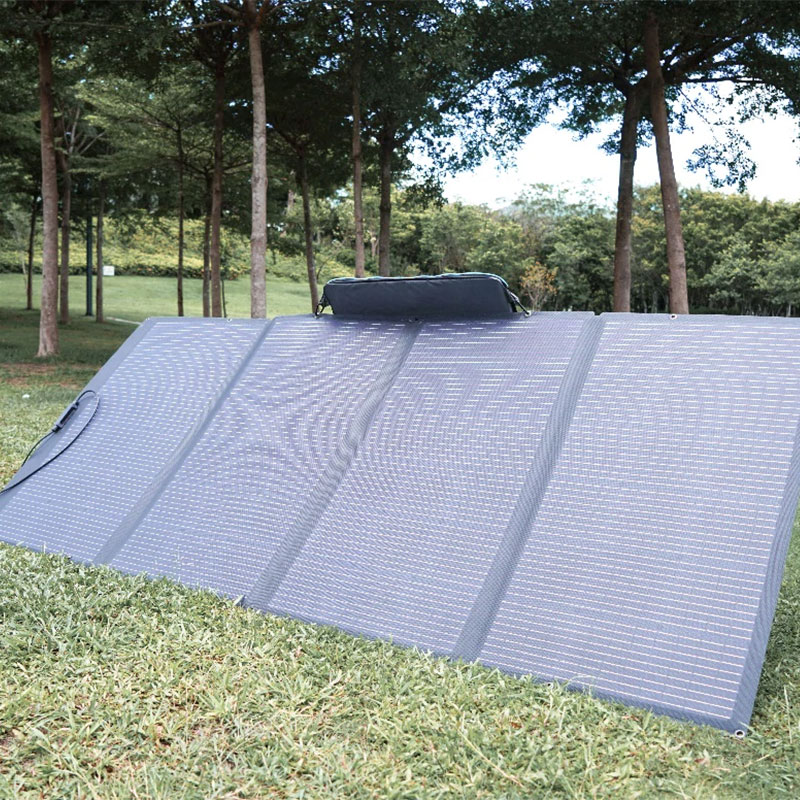
If you use it with a portable power supply for peace of mind even during power outages or at night, then why not take the opportunity to introduce it into your everyday life?



